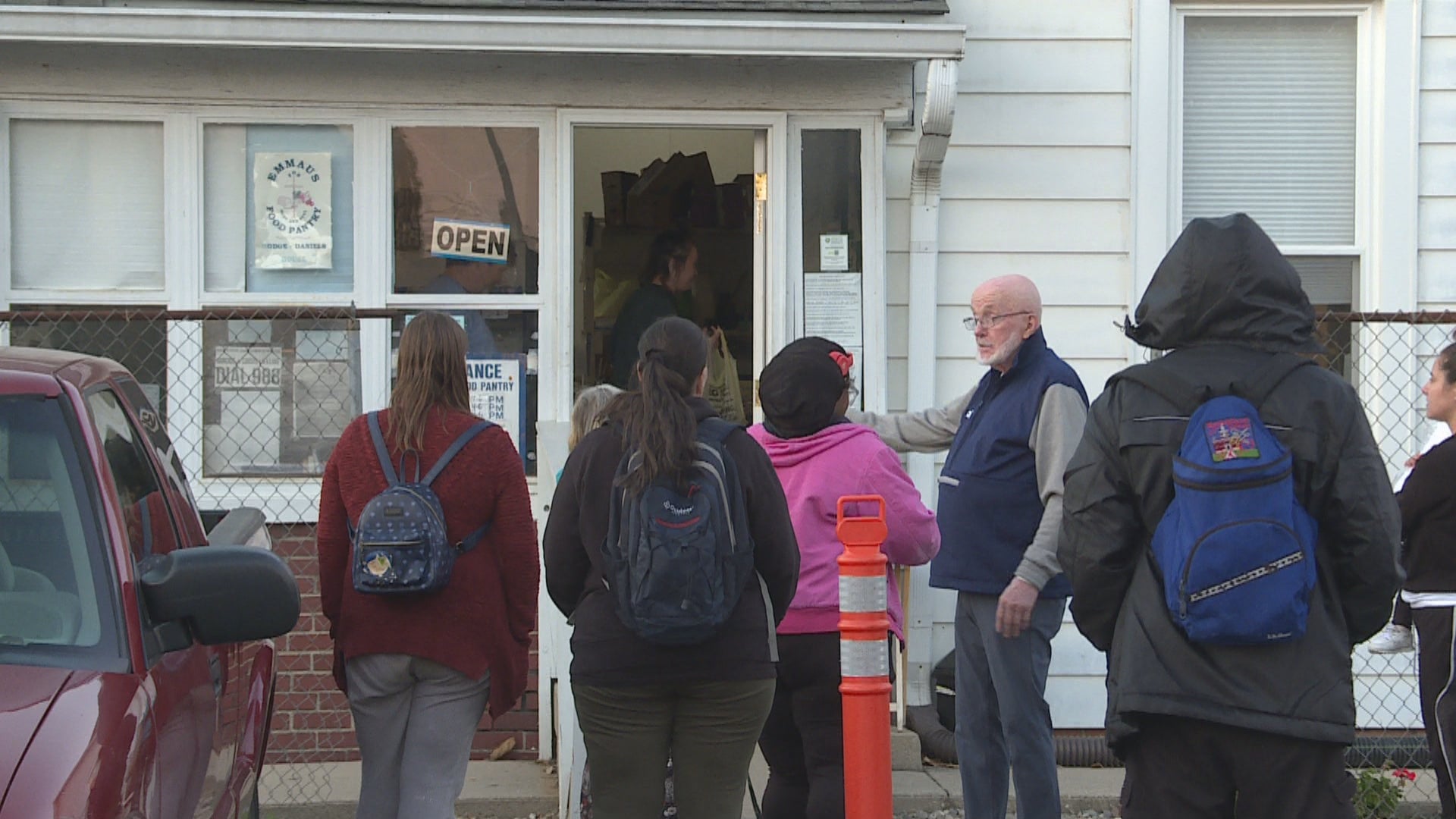INDIANAPOLIS (WISH) — It is finally here! NOAA’s Climate Prediction Center has released its 2025-26 winter outlook. Here is what they are calling for from December to February:
In Indiana, they are leaning above average with precipitation. That doesn’t necessarily guarantee above-average snow, as precipitation includes rain, snow, and mixed precipitation, such as sleet.
Equal chances at above average or below average temperatures mean there is no strong signal either way.
Predictions in recent years
NOAA has definitely done better than the Old Farmer’s Almanac and Farmers’ Almanac winter predictions in our area. However, they still have only gotten 3 of the last 5 winters correct with regard to precipitation in Indianapolis.
Last winter was the snowiest winter since 2020-21, but the actual precipitation number was still below average. Indy averages 21.2″ of snow and 8.47″ of precipitation from December to February.
For those wondering, La Niña was in place for the winters of 2020-21, 2021-22, 2022-23, and 2024-25.
Temperatures, on the other hand, we’re below normal for the 2024-25 winter season here in Indianapolis. This did not align with the forecast of a slight signal for above normal temperatures, as we had an average temperature of 30.8 degrees.
The average temperature for meteorological winter in Indianapolis is 31.5 degrees.
Before this previous winter, we had three straight instances of the overall average temperature be above normal for the season locally. To add onto that stat, seven of the last ten meteorological winters were warmer than normal for the overall average temperature.
Preseason predictions of “equal chances at above or below average temperatures” was a nonprediction in our book.
ENSO climate pattern this winter
The El Niño Southern Oscillation (ENSO) is always a large contributor to this winter outlook. Water temperatures off of western South America have a domino effect on our average jet stream pattern.
Officially, we are in a weak La Niña phase of the climate pattern. During a La Niña, water is cooler than average in this region, which translates to a jet stream dragging in more moisture to the Ohio River Valley.
As winter goes on, the neutral phase of ENSO is expected to return. This favors above-average precipitation in the southeast, as near or slightly below average water temperatures are off South America.





